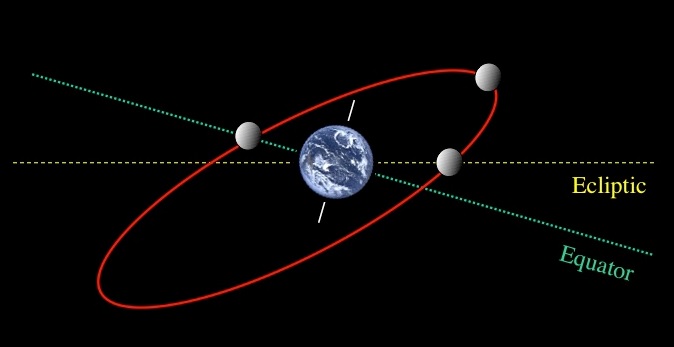
The polarization of the photon refers to the “direction” of the axis of the energy field, with the magnetic axis being offset by 90°. Polarization can be a direction like up or down, left or right. Polarization can also mean spin in a clockwise or counter-clockwise direction. The axis of the electric field may be rotating or spinning in time and […]


